
https//flic.kr/p/QuQAS5 Tarsila do Amaral, Postcard, 1929 11/12/17
Tarsila do Amaral was one of the foremost visual artists of Brazil's modernist movement during the first half of the twentieth century. With her partner, the poet Oswald de Andrade, Tarsila, as she is popularly known in her home country, was actively engaged in the 1920s in the development of a new visual language of Brazilian modernism.
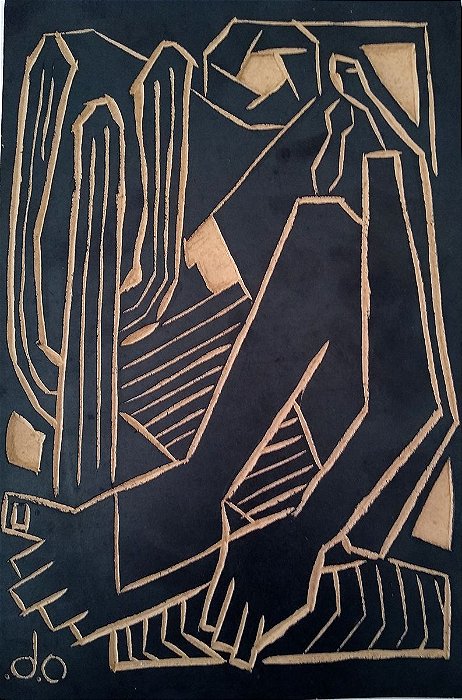
Matriz De Xilogravura Releitura do Abaporu de Tarsila do Amaral
Tarsila do Amaral (1886-1973), however, is both a more senior and less well-known figure, on these shores at least. As a painter, she laid the foundations for the radical work of the abstract and.
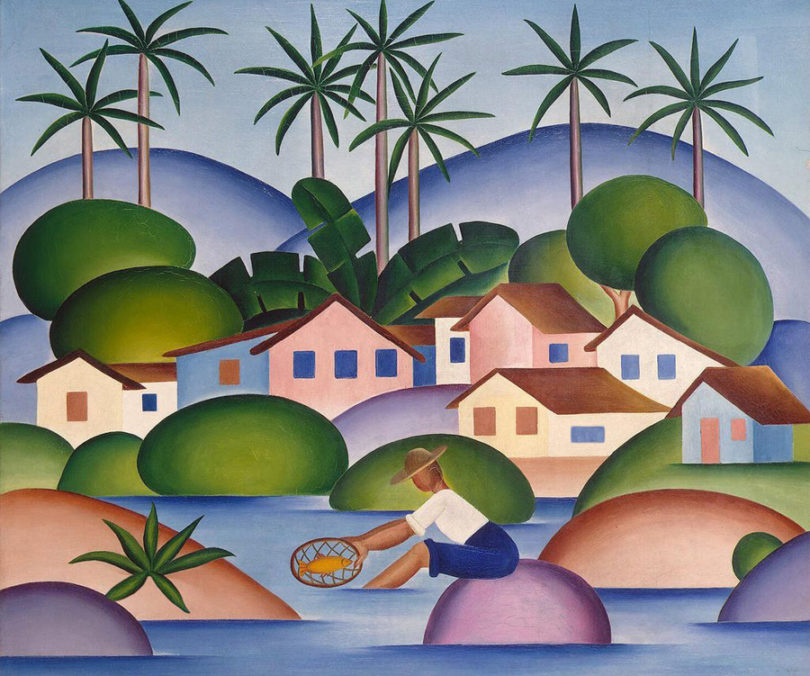
Quem foi Tarsila do Amaral? Quais suas contribuições para arte?
Brazilian artist Tarsila do Amaral painted Abaporú in her São Paulo studio early in 1928. It depicts a seated nude figure in profile who is of ambiguous age, gender, and race. His bare right foot and hand are firmly planted on the ground. His right knee is bent towards his chest, obscuring any view of a left leg or foot.
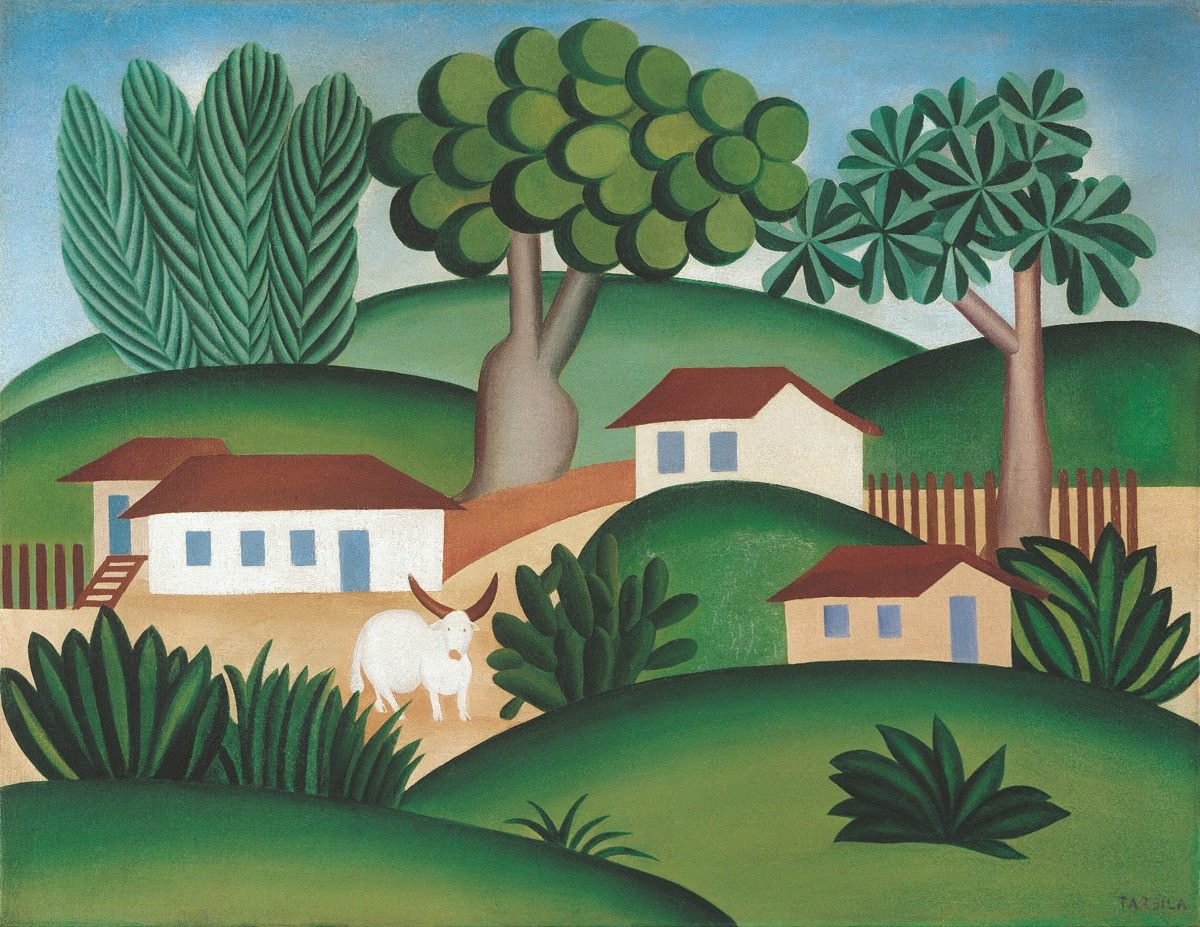
Tarsila's works come to the Art Museum of the riverSEA for shows "the
Tarsila de Aguiar do Amaral (Portuguese pronunciation: [taʁˈsilɐ du ɐmaˈɾaw]; 1 September 1886 - 17 January 1973) was a Brazilian painter, draftswoman, and translator. She is considered one of the leading Latin American modernist artists, and is regarded as the painter who best achieved Brazilian aspirations for nationalistic expression in a modern style.
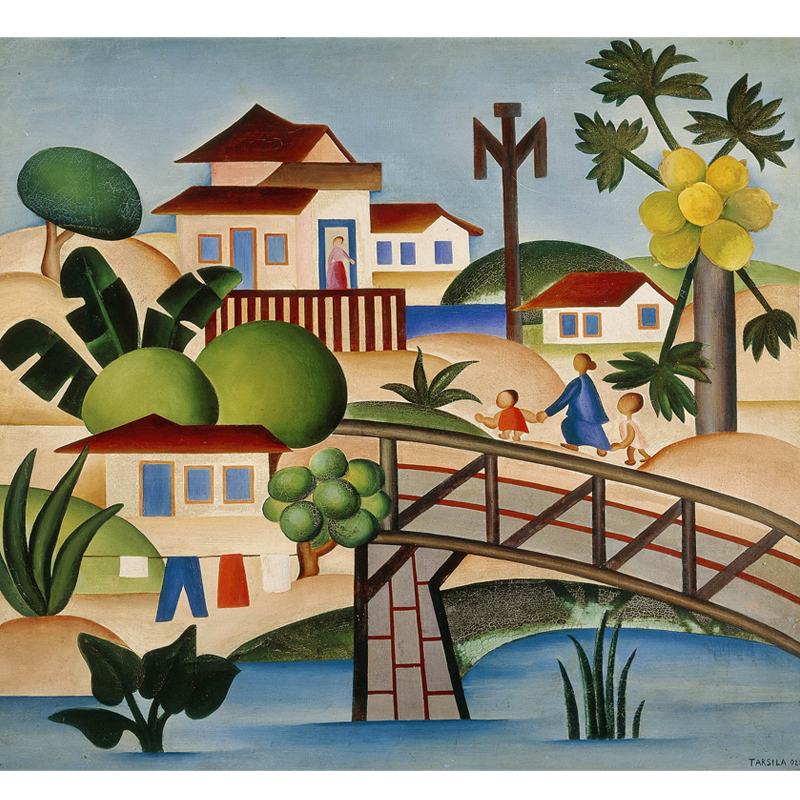
Tarsila do Amaral ícone do modernismo brasileiro » Thais Slaski
Tarsila do Amaral, also known simply as Tarsila, is considered to be one of the leading Latin American modernist artists, described as "the Brazilian painter who best achieved Brazilian aspirations for nationalistic expression in a modern style."
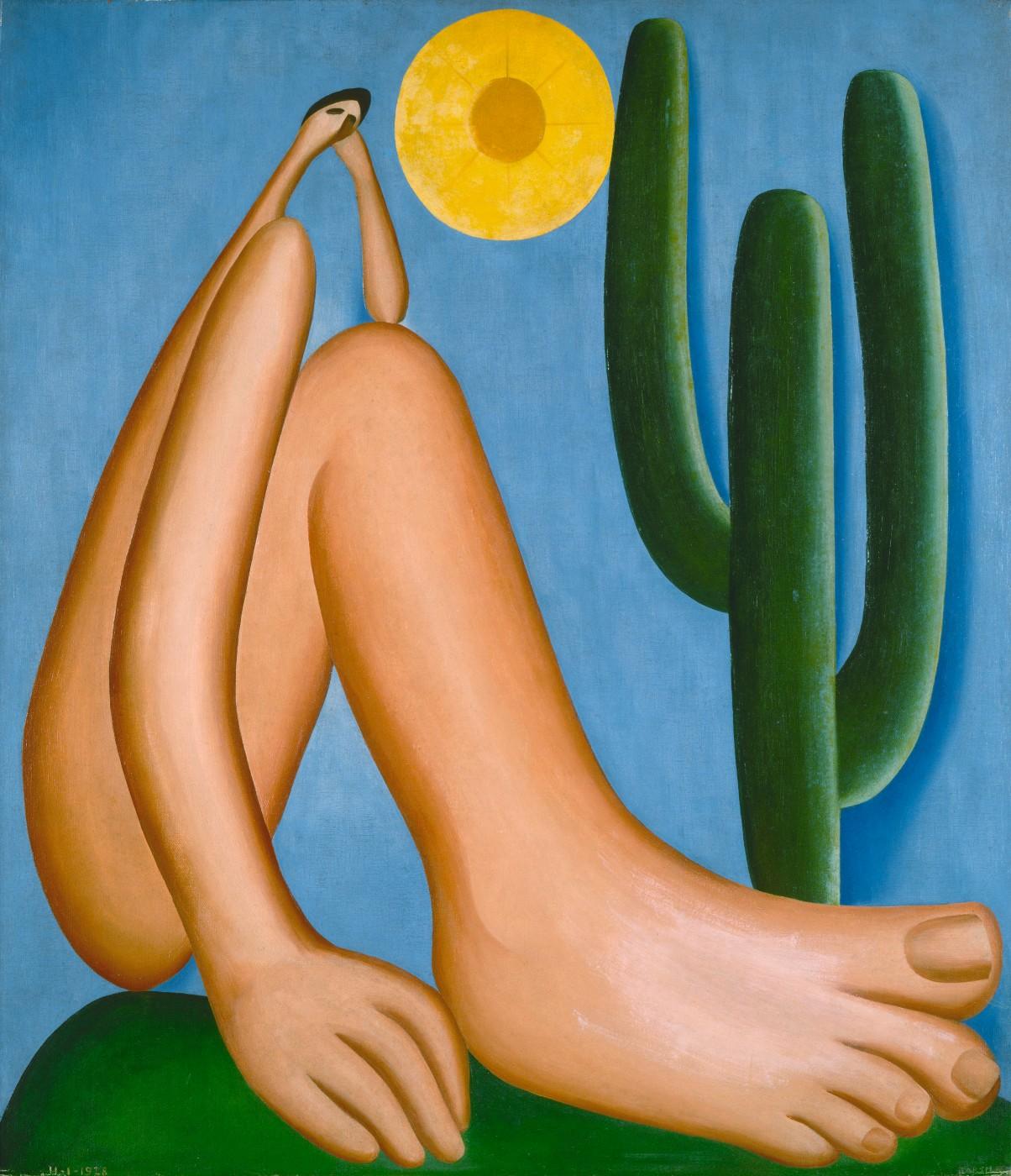
Celebrating Fantastical Inventiveness Tarsila do Amaral at MoMA Art
1. Albrecht Dürer (1471-1528) Albrecht Dürer foi um artista alemão precursor de várias técnicas e métodos, sendo reconhecido como um dos principais mestres da gravura e da técnica da aquarela. A relação do artista com a xilogravura aconteceu logo cedo, no começo de sua juventude.

Pin de Carla Lima em Tarsila em 2020 Pinturas famosas, Tarsila
So wrote Brazilian artist Tarsila do Amaral (1886-1973), in a letter sent to her family during a visit to Paris in 1923. The words are reprinted at the entrance to the exhibition, currently on view at the Museum of Modern Art in New York, of work by the artist usually known simply as Tarsila. As her pithy statement implies, Tarsila's.
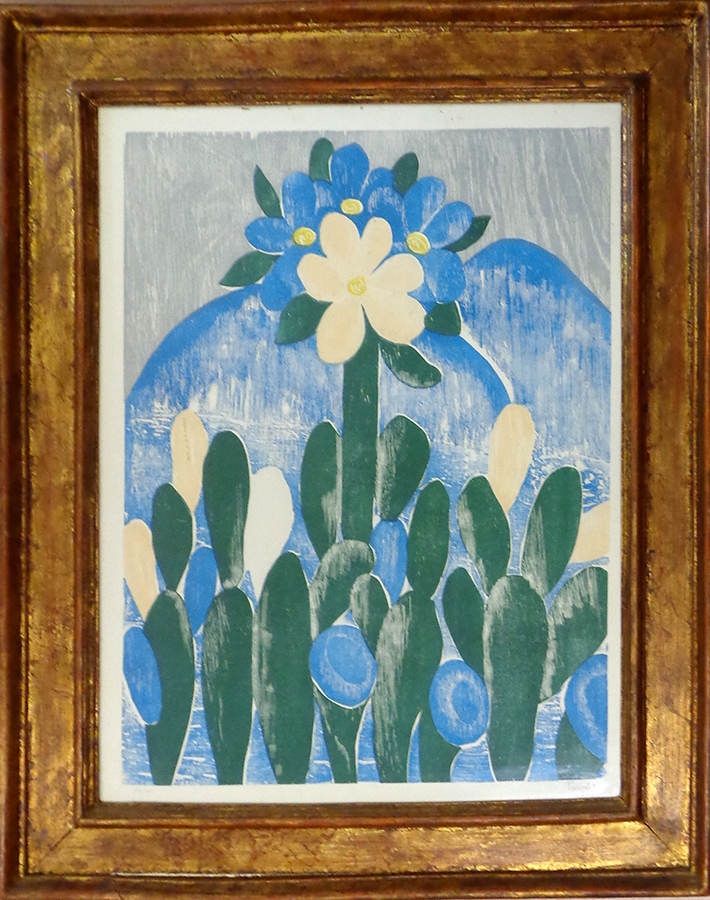
Tarsila do Amaral. Manacá. Xilogravura rara, 93/100. 64
Audio from Tarsila do Amaral: Inventing Modern Art in Brazil. Explore Tarsila's work from the 1920s, when she navigated the art worlds of both São Paulo and Paris, and her critical role in the emergence of modernism in Brazil.

Matriz De Xilogravura Releitura do Abaporu de Tarsila do Amaral
Exhibition. Feb 11-Jun 3, 2018. "I want to be the painter of my country," wrote Tarsila do Amaral (1886-1973) in 1923. Born at the end of the 19th century to a family of coffee plantation owners in São Paulo, Tarsila―as she is affectionately known in Brazil―studied piano, sculpture, and drawing before leaving for Paris in 1920 to attend the Académie Julian, the famous art school.
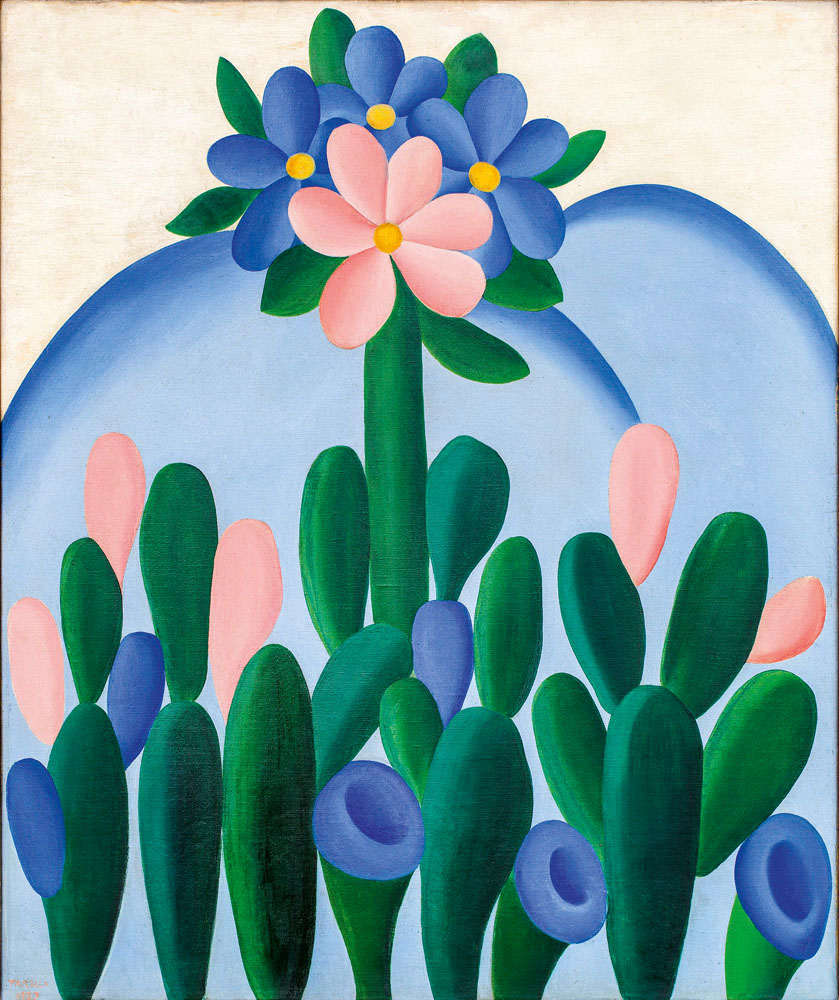
‘Abaporu’, de Tarsila do Amaral, volta a casa em grande exposição no
Photo: Pedro Corrêa do Lago Collection; São Paulo. In her home country of Brazil, Tarsila do Amaral is fondly referenced as Tarsila, the woman who led her country's modernist art movement in the 1920s. Across South America, it's not unusual to find one of her major works printed on a pair of flip-flops or on a phone case; in Argentina.
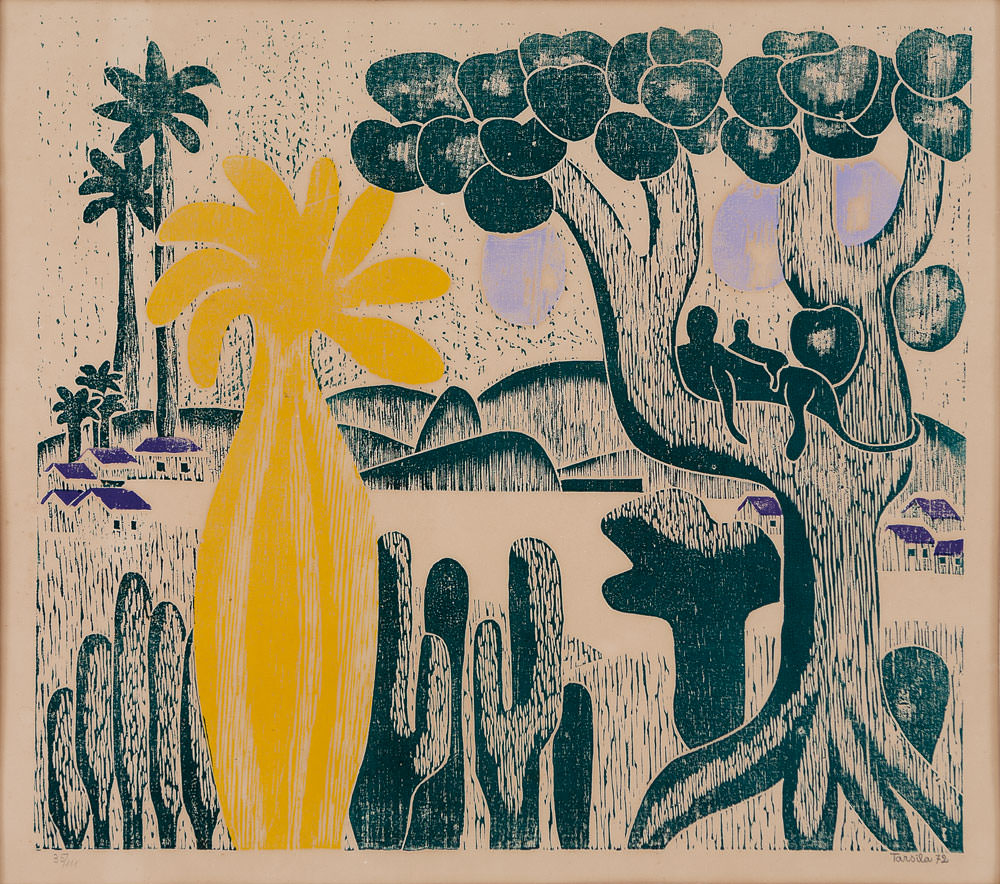
Tarsila do Amaral James Lisboa Leiloeiro Oficial Arte Moderna e
Tarsila do Amaral, Abaporu (1928). Image courtesy MALBA. It was a radical proposition for its time and has served as a celebrated foundational ideal of Brazilian modernity. But the fact remains.

Tarsila do Amaral Artworks for Sale & More Artsy
Turning to Brazil's indigenous cultures and folklore for inspiration, Tarsila do Amaral helped give rise to the country's Modern movement, a MoMA exhibition shows.

Tarsila Do Amaral Xilogravura
Tarsila do Amaral (1886 - 1973) - Manaca - Xilogravura sobre Papel 99/100 - 61 x 50 cm - s.d 2 views May 3, 2022 0 Dislike Share Save Blombô 131 subscribers Show more 26 views 3 weeks ago.
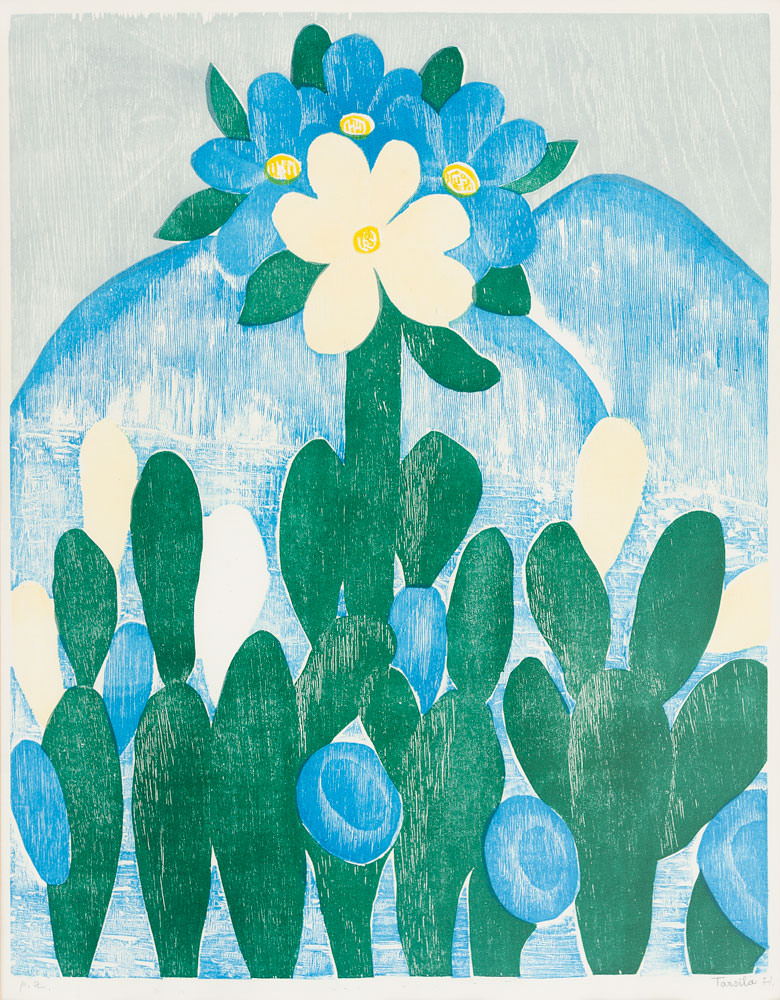
Tarsila do Amaral James Lisboa Leiloeiro Oficial Arte Moderna e
Tarsila do Amaral, "Morro da favela (Hill of the Favela)" (1924), oil on canvas. Soon after Tarsila painted "A Negra," she returned to Brazil and embarked on a journey with her artist.

estiloxilo “Releitura do quadro "Abaporu" 1928, Tarsila do Amaral
Tarsila do Amaral was one of the leading figures in defining a Brazilian modernist tradition. Hers is one of many cases illustrating the centrality of women artists in modernizing art movements throughout Latin America.

Figura só. Obra de Tarsila do Amaral que retrata um momento reflexivo
Following the 2017-18 exhibition, "Tarsila do Amaral: Inventing Modern Art in Brazil" at The Art Institute of Chicago and the Museum of Modern Art, the Museu de Arte de São Paulo (MASP) has finally staged "Tarsila Popular." The long-awaited first solo exhibition of Brazil's most celebrated painter has generated one of the highest number of visitors